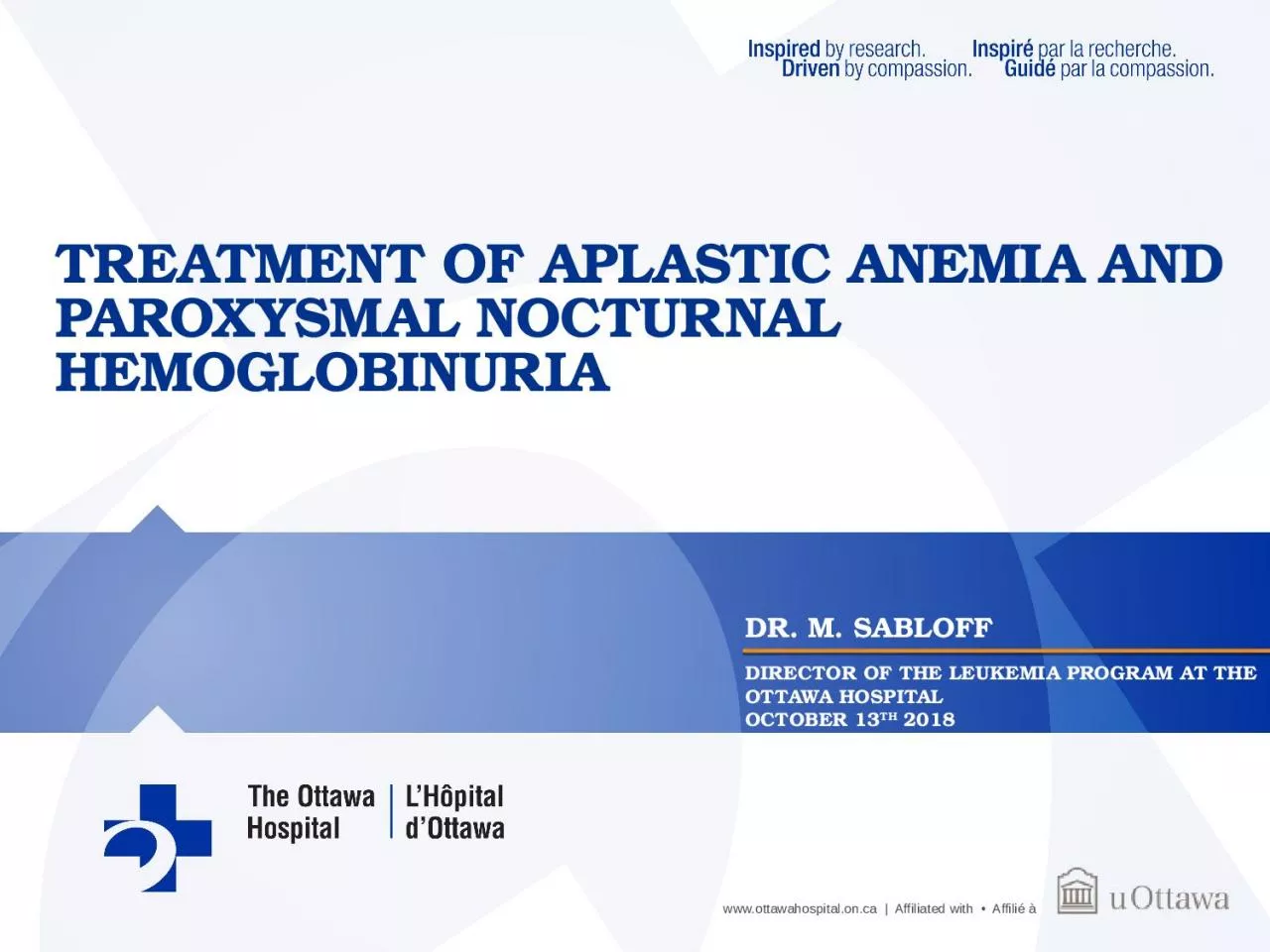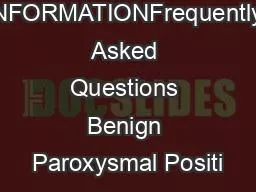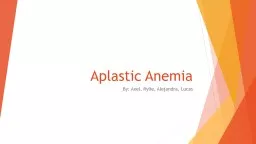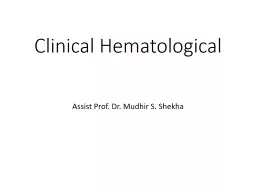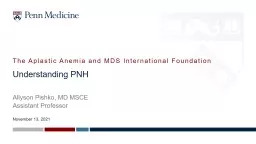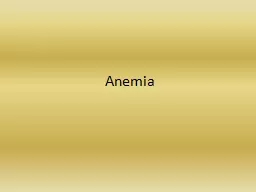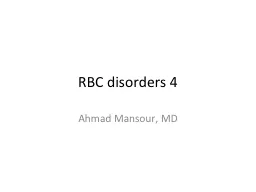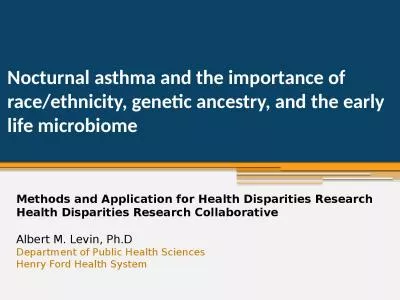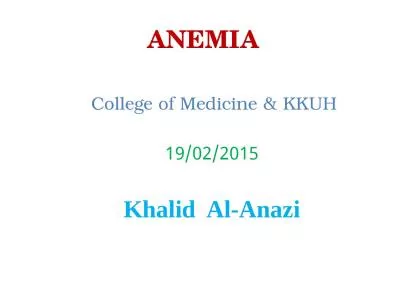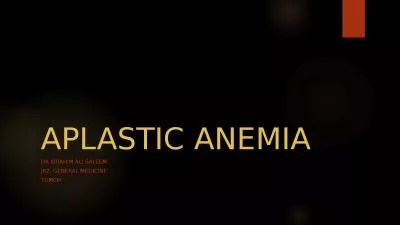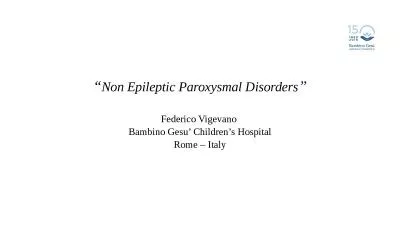PPT-Treatment of Aplastic Anemia and Paroxysmal Nocturnal Hemoglobinuria
Author : paisley | Published Date : 2022-06-07
Dr M Sabloff Director of the Leukemia Program at the Ottawa Hospital October 13 th 2018 Disclosures Objectives Aplastic anemia Epidemiology Treatment options P
Presentation Embed Code
Download Presentation
Download Presentation The PPT/PDF document "Treatment of Aplastic Anemia and Paroxys..." is the property of its rightful owner. Permission is granted to download and print the materials on this website for personal, non-commercial use only, and to display it on your personal computer provided you do not modify the materials and that you retain all copyright notices contained in the materials. By downloading content from our website, you accept the terms of this agreement.
Treatment of Aplastic Anemia and Paroxysmal Nocturnal Hemoglobinuria: Transcript
Download Rules Of Document
"Treatment of Aplastic Anemia and Paroxysmal Nocturnal Hemoglobinuria"The content belongs to its owner. You may download and print it for personal use, without modification, and keep all copyright notices. By downloading, you agree to these terms.
Related Documents

